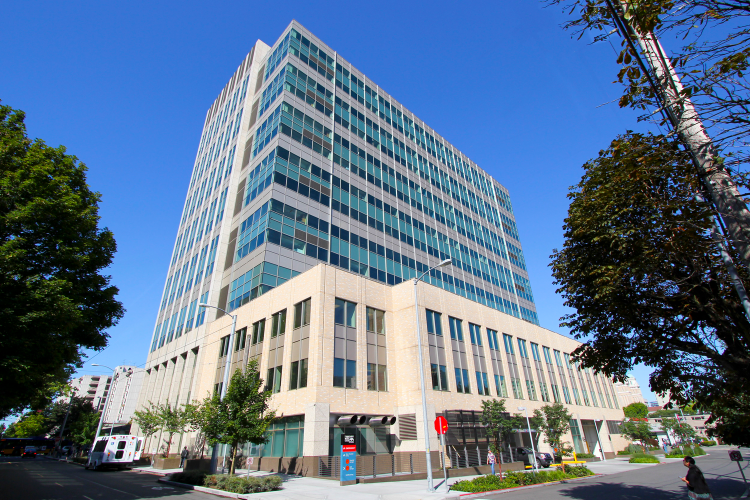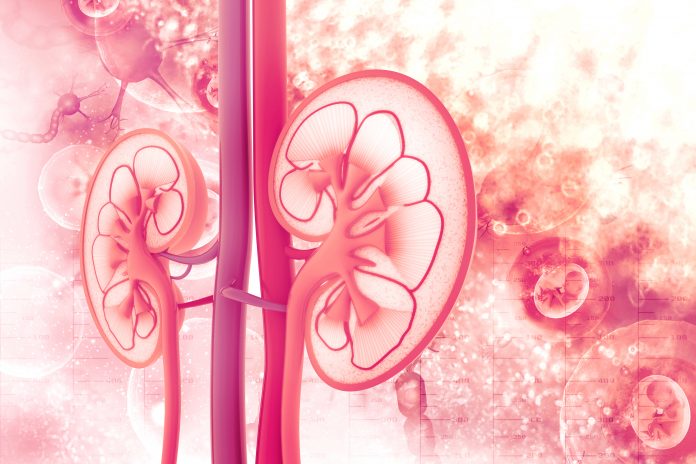
Nat'l Geo Features KRI PAC member, Nichole Jefferson

Why lockdowns have left kidney patients ‘totally and completely terrified’
Few need COVID-19 surges to end quite like the 37 million Americans who live with chronic kidney disease.
By Carrie Arnold
National Geographic
Nichole Jefferson has been social distancing for more than a decade. The 48-year-old Dallas resident had her first kidney transplant in 2008, and her anti-rejection medications weakened her immune system and left her susceptible to serious infection. So she was experienced with wearing disposable gloves to pump gas and use the ATM, wiping down her groceries, and donning a face mask well before COVID-19 emerged.
transplant in 2008, and her anti-rejection medications weakened her immune system and left her susceptible to serious infection. So she was experienced with wearing disposable gloves to pump gas and use the ATM, wiping down her groceries, and donning a face mask well before COVID-19 emerged.
Two years ago, her kidney began to fail, and she went back on the transplant list. In April, Jefferson received her second transplant and hoped the surgery would give her more energy to engage with life. Instead, because of the coronavirus crisis, she’s more isolated than ever before.
“I was totally and completely terrified,” Jefferson says.
Jefferson is one of millions of Americans with chronic kidney disease who are finding it hard to cope during the pandemic. Not only are they at higher risk of serious complications from COVID-19, many are also managing the combined financial blows of the economic downturn and their need for high-priced, hard-to-get medications. And COVID-19 appears to be making this worse, as some patients with the virus are developing a rapid version of kidney failure.
Combined with the ongoing need for strict physical distancing to prevent infection, the situation has led to a silent physical and mental health crisis emerging alongside the pandemic, according to LaVarne Burton, President and CEO of the nonprofit American Kidney Fund.
Kidney disease is often hidden but quite pervasive. According to 2019 data from the U.S. Centers for Disease Control and Prevention, more than one in seven Americans—37 million adults—have some chronic form of the condition. This means these vital organs aren’t filtering toxins and waste out of the blood as well as they should, but they haven’t completely failed. Although simple blood tests can identify kidney deficiencies, explains Fahad Aziz, a nephrologist at the University of Wisconsin-Madison, these cases rarely develop symptoms.
Many of those ultimately diagnosed don’t know their kidneys are damaged until they show up in the emergency room with severe headaches and nausea, prolonged fatigue, and with so much excess fluid in their bodies that they struggle to breathe. As a result, they need the immediate help of a dialysis machine to perform the job of their non-functional kidneys to survive. In medical parlance, it’s known as “crashing into dialysis,” and it happens to half of those with kidney failure.
“For people who are in kidney failure, if they don’t get the care they need, they will die. It’s that dire,” Burton says.
Read the complete article












